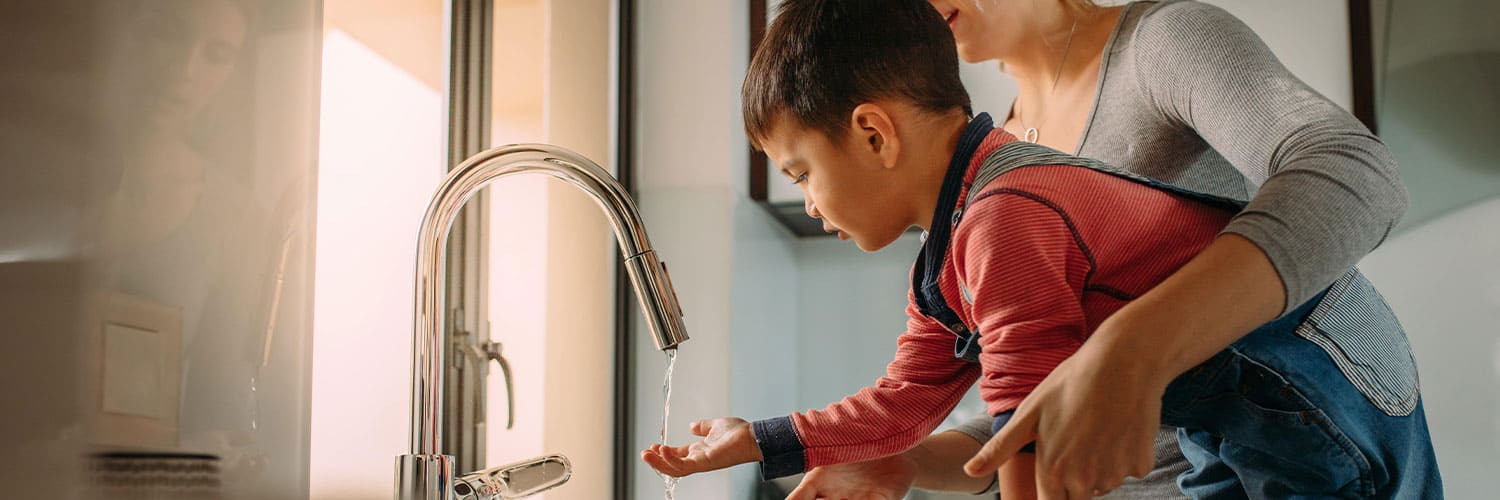Ways to Maintain Your Home's Hot Water System Functioning Well
Ways to Maintain Your Home's Hot Water System Functioning Well
Blog Article
In this article on the next paragraphs you will discover some reliable points on the subject of How to Maintain Your Water Heater & Prolong its Life.

Warm water is important for everyday comfort, whether it's for a refreshing shower or cleaning meals. To guarantee your warm water system runs efficiently and lasts longer, regular maintenance is crucial. This write-up provides functional suggestions and understandings on how to preserve your home's warm water system to prevent interruptions and costly repair services.
Introduction
Preserving your home's warm water system may seem complicated, however with a couple of basic steps, you can ensure it runs smoothly for years to come. This guide covers every little thing from understanding your warm water system to do it yourself upkeep suggestions and knowing when to contact specialist help.
Significance of Preserving Your Warm Water System
Normal upkeep not only prolongs the life expectancy of your warm water system yet also ensures it operates effectively. Disregarding upkeep can lead to decreased efficiency, higher energy expenses, and also early failing of the system.
Indicators Your Warm Water System Demands Upkeep
Recognizing when your warm water system needs attention can avoid major issues. Look out for signs such as inconsistent water temperature, odd noises from the heating unit, or rustic water.
Flushing the Water Heater
Flushing your water heater removes sediment buildup, improving performance and lengthening its life.
Monitoring and Changing Anode Rods
Anode poles avoid deterioration inside the storage tank. Checking and replacing them when worn out is essential.
Complex Issues Calling For Professional Aid
Instances include major leakages, electric issues, or if your water heater is regularly underperforming.
Routine Professional Upkeep Perks
Expert maintenance can consist of complete inspections, tune-ups, and making certain conformity with safety standards.
Evaluating and Changing Temperature Setups
Readjusting the temperature level settings makes certain ideal performance and safety and security.
DIY Tips for Maintenance
You can do numerous maintenance tasks yourself to maintain your warm water system in top condition.
Checking for Leaks
On a regular basis evaluate pipes and connections for leaks, as these can bring about water damage and higher expenses.
Understanding Your Warm Water System
Prior to diving into upkeep jobs, it's useful to recognize the fundamental parts of your hot water system. Typically, this consists of the water heater itself, pipelines, anode rods, and temperature level controls.
Regular Monthly Upkeep Tasks
Routine month-to-month checks can help capture minor concerns before they rise.
Testing Stress Alleviation Valves
Evaluating the stress relief valve guarantees it functions appropriately and prevents extreme stress buildup.
Protecting Pipes
Protecting warm water pipes minimizes warmth loss and can save power.
When to Call a Specialist
While do it yourself upkeep is useful, some concerns require professional experience.
Conclusion
Routine upkeep of your home's hot water system is necessary for performance, longevity, and expense financial savings. By adhering to these tips and understanding when to look for professional help, you can make sure a trusted supply of hot water without unexpected interruptions.
How to Maintain an Instant Hot Water Heater
Before tinkering with your hot water heater, make sure that it’s not powered on. You also have to turn off the main circuit breaker and shut off the main gas line to prevent accidents. Also turn off the water valves connected to your unit to prevent water from flowing into and out of the appliance. 2. When you’re done, you have to detach the purge valves’ caps. These look like the letter “T†and are situated on either side of the water valves. Doing so will release any pressure that has accumulated inside the valves while at the same time avoid hot water from shooting out and burning your skin. 3. When the purge valves’ caps are removed, you have to connect your hosing lines to the valves. Your unit should have come with three hoses but if it didn’t, you can purchase these things from any hardware or home repair shops. You can also get them from retail stores that sell water heating systems. Read the user’s manual and follow it to complete this task properly. When the hosing lines are connected, open the purge port’s valves. 4. You should never use harsh chemical cleaners or solutions when cleaning your unit. Make use of white vinegar instead. It should be undiluted and you’ll probably use about 2 gallons. 5. Now flush your water heater. This task should probably take about 40 minutes. We can’t give you specific directions for this because the procedure is carried out depending on the type, model and brand of your heater. With that being said, refer to the user’s manual. 6. When you’re done draining the unit, you have to turn off the purge port valves again. Remove the hosing lines that you earlier installed on each of the water valves. Put the valve caps (purge port) back in their respective places and be very careful so as not to damage the rubber discs that are found inside these caps. 7. Now that everything’s back in place, check your user’s manual again to find out how to reactivate your water heating system. 8. Once it is working, turn one of your hot water faucets on just to let air pass through the heater’s water supply pipes. Leave the tap on until water flows smoothly out of it. https://www.orrplumbing.com/blog/2014/september/how-to-maintain-an-instant-hot-water-heater/

Do you enjoy more info about Water Heater Maintenance Tips You Can't Afford to Forget? Put feedback down below. We'd be glad to know your ideas about this write-up. We are looking forward that you visit us again soon. Liked our write up? Please share it. Help another person find it. I cherish your readership.
Click Here Report this page